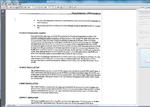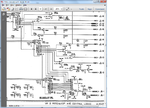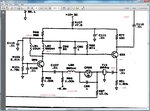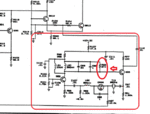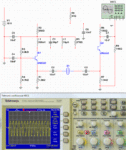hafrse
Full Member level 3

- Joined
- Aug 6, 2007
- Messages
- 170
- Helped
- 1
- Reputation
- 2
- Reaction score
- 3
- Trophy points
- 1,298
- Activity points
- 2,421
Hello,
I am looking for a simple circuit diagram for testing a 29Mhz crystal which is supspected to be faulty, it is inside an instrument and the 29Mhz signal stopped working .
Many thanks in advance ! George
I am looking for a simple circuit diagram for testing a 29Mhz crystal which is supspected to be faulty, it is inside an instrument and the 29Mhz signal stopped working .
Many thanks in advance ! George



